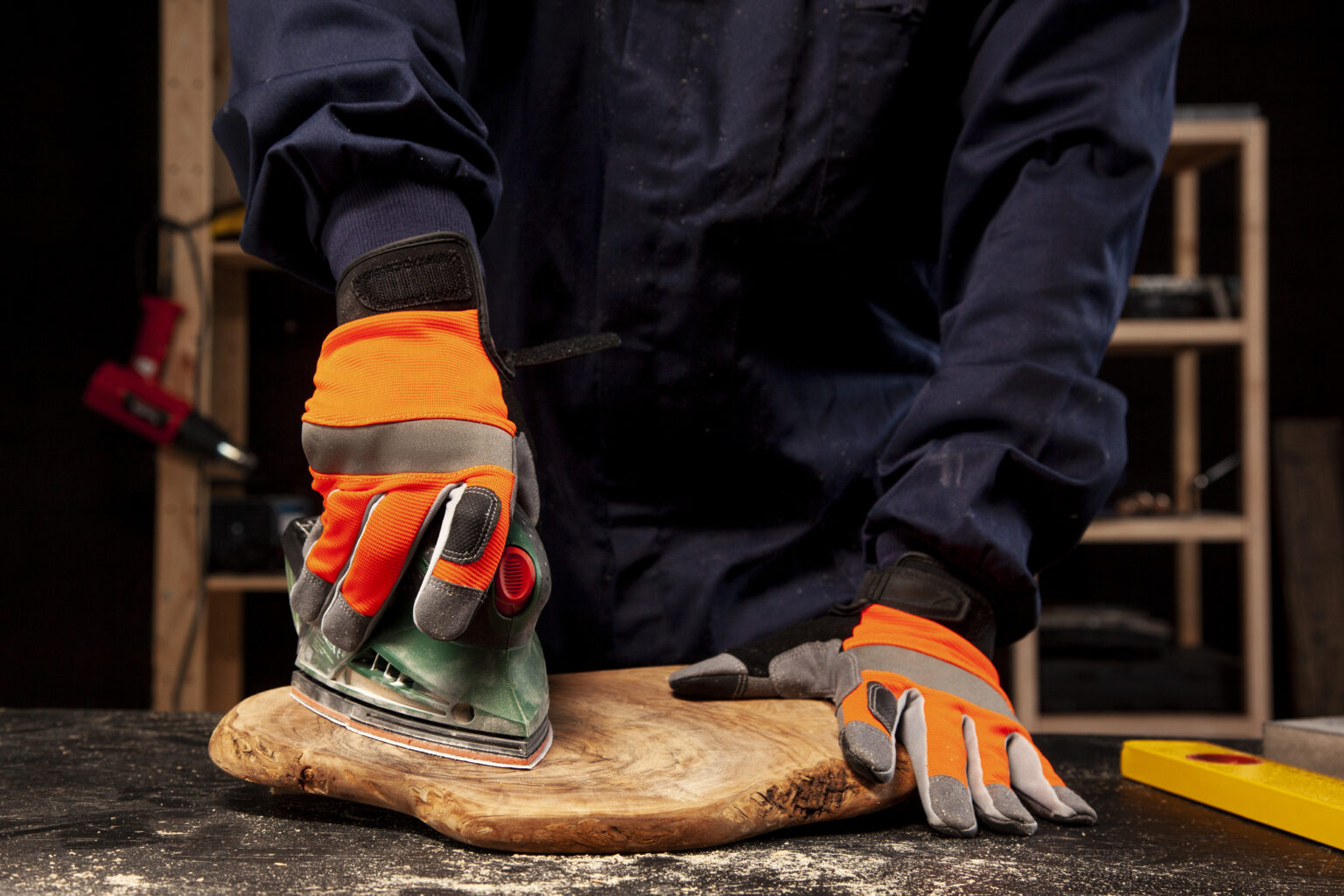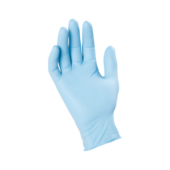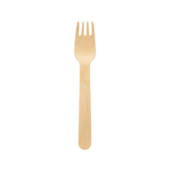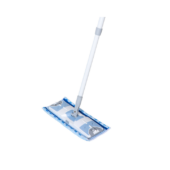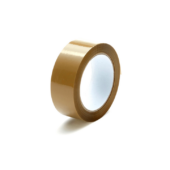Manufacturing in winter presents unique challenges, especially when it comes to keeping your hands safe and functional. Winter work gloves, also called thermal gloves or insulated gloves, are essential for maintaining warmth, dexterity, and protection in cold industrial settings.
In this guide, you’ll discover everything you need to confidently select the best gloves for manufacturing, ensuring you’re prepared for any task.
Plus, we’ll guide you on what to consider next, such as optimizing your complete winter workwear setup.
For a more comprehensive look at cold-weather gloves, visit Choosing The Right Work Gloves For Cold Weather: A Comprehensive Guide.
Key Considerations When Choosing Winter Work Gloves
1. Material Matters
The material of the gloves determines their insulation, durability, and functionality.
- Leather: Offers excellent durability and grip. Look for insulated leather gloves for warmth.
- Synthetic materials: Provide flexibility and resistance to moisture and chemicals.
- Cotton blends: While comfortable, these are better suited for lighter tasks in dry conditions.
Learn more about material options and their suitability for manufacturing tasks from MaxGlove’s guide.
2. Insulation Levels
The amount and type of insulation can vary depending on your work environment. Popular insulation options include:
| Insulation Type | Features | Ideal For |
| Fleece | Lightweight and warm | Moderate cold and dry conditions |
| Thinsulate™ | Thin yet highly insulating | High dexterity tasks |
| Foam or gel layers | Provide warmth and shock absorption | Handling vibrating tools |
3. Grip and Dexterity
In manufacturing, handling small parts and tools is common. Ensure the gloves:
- Have textured palms or grip-enhancing coatings.
- Maintain flexibility even in sub-zero temperatures.
4. Compliance with Safety Standards
Verify that your gloves meet relevant European safety standards to ensure maximum protection. EN 511 evaluates a glove’s resistance to cold, including convective cold, contact cold, and water penetration. EN 388, on the other hand, measures mechanical risks like abrasion, cut, tear, and puncture resistance.
Understanding these ratings can help you select gloves suited for your specific tasks and hazards. Learn more about EN Standards from this guide in Wikipedia.
Common Challenges and How to Address Them
Moisture Management
To maintain warmth and comfort in cold, damp conditions, opt for gloves with:
- Waterproof membranes or coatings that keep moisture out.
- Quick-drying inner linings for added convenience and consistent protection.
For deeper insights, refer to Unigloves’ moisture management guide.
Sizing and Fit
A proper fit ensures comfort and functionality. Use this chart to determine your glove size:
| Hand Circumference (cm) | Glove Size (EU) |
| 16–18 | 6 |
| 18–20 | 7 |
| 20–22 | 8 |
| 22–24 | 9 |
| 24–26 | 10 |
Recommended Gloves for Manufacturing
Best for General Use
- Insulated leather gloves: Durable, with good grip and thermal properties.
- Polyurethane-coated gloves: Flexible and resistant to abrasion.
Best for Handling Cold Materials
- Double-layer thermal gloves: Provide enhanced warmth.
- Foam nitrile gloves: Ideal for grip in cold, oily conditions.
Beyond Gloves: Complete Winter Workwear Solutions
To stay fully protected in cold manufacturing environments, consider creating a comprehensive winter safety kit. Start with high-quality gloves and complement them with these essentials:
- Winter safety shoes: Designed for slip resistance and cold insulation, perfect for navigating icy or wet surfaces.
- Winter work jackets: Windproof and insulated options to protect your upper body.
- Winter work pants: Ensure thermal coverage and comfort for your legs.
- Winter overalls: Ideal for full-body protection against extreme cold and wind.
Building a complete set not only optimizes your safety but also boosts comfort and productivity in challenging environments.
Need guidance on assembling the perfect gear? Explore our related articles and product categories to find everything you need to stay warm and efficient.
Explore related buying guides, such as How To Choose Work Jackets For Winter or How To Choose The Right Winter Safety Shoes – A Buyer’s Guide.
If you work in construction, see How to Choose Winter Work Gloves for Construction, which provides specific advice for cold-weather construction tasks.
Conclusion
We hope this guide has provided valuable insights into selecting the perfect winter work gloves for manufacturing, helping you balance warmth, safety, and functionality in even the harshest environments.
By focusing on material compatibility, insulation levels, and adherence to safety standards, you can confidently make an informed choice. Ready to explore top-quality gloves? Check out our Winter Work Gloves category, where trusted brands and reliable solutions await.
If you’re planning to upgrade your winter workwear further, we’re here to assist with jackets, pants, shoes, and more—ensuring your safety and comfort for every challenge ahead.
– The Droppe Team
Frequently Asked Questions (FAQ)
Proper maintenance extends the life of your gloves. Clean them according to the manufacturer’s instructions, typically by hand washing with mild detergent. Avoid using harsh chemicals or high heat. After cleaning, let them air dry completely before storing to prevent moisture buildup and material degradation.
The lifespan varies based on usage and material. Generally, high-quality insulated leather or synthetic gloves can last 1-3 years with regular use. Inspect gloves regularly for signs of wear and tear, such as thinning materials or reduced insulation, and replace them as needed to ensure continued protection.
Yes, some winter work gloves feature touchscreen-compatible fingertips, allowing you to use smartphones and other devices without removing your gloves. Look for gloves with conductive materials on the fingertips to ensure functionality while maintaining warmth and protection.
Reusable gloves are ideal for tasks requiring durability and long-term use, offering better insulation and protection. Disposable gloves are suitable for tasks that need frequent glove changes to maintain hygiene or when encountering hazardous materials. Consider your specific work requirements to choose the best option.
Prices vary based on material, insulation, and brand. Entry-level gloves can start around $20, while high-performance, specialized gloves may range from $50 to $150. Investing in higher-quality gloves often provides better durability, comfort, and protection, making them cost-effective in the long run.

